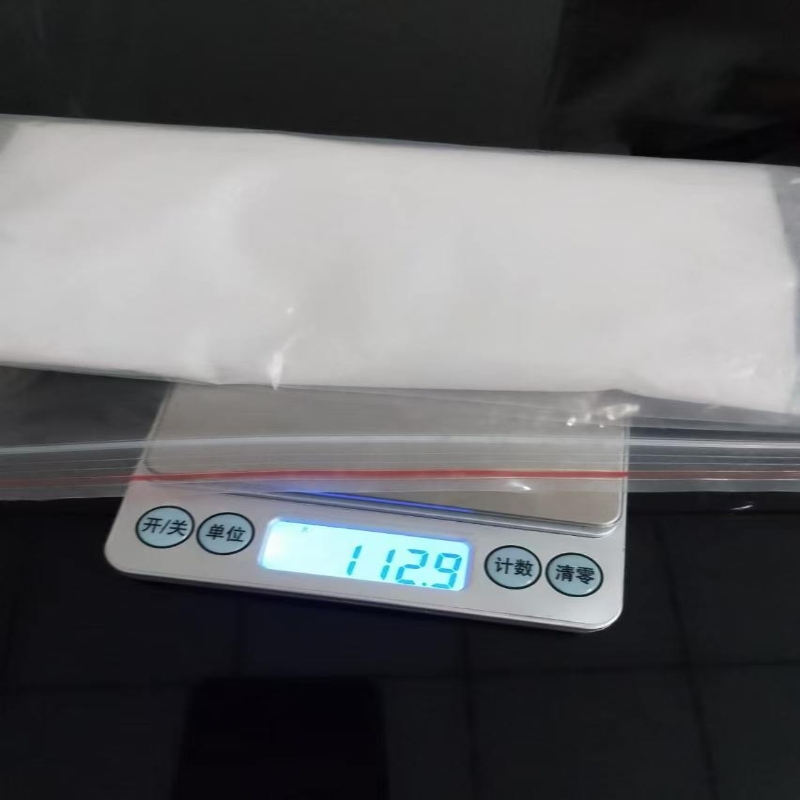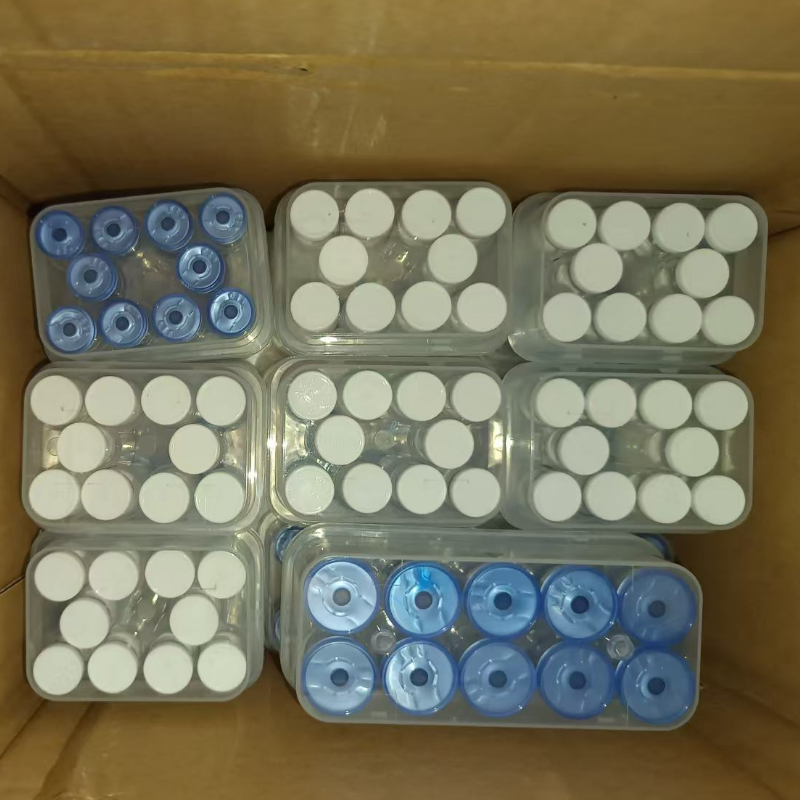-
Categories
-
Pharmaceutical Intermediates
-
Active Pharmaceutical Ingredients
-
Food Additives
- Industrial Coatings
- Agrochemicals
- Dyes and Pigments
- Surfactant
- Flavors and Fragrances
- Chemical Reagents
- Catalyst and Auxiliary
- Natural Products
- Inorganic Chemistry
-
Organic Chemistry
-
Biochemical Engineering
- Analytical Chemistry
-
Cosmetic Ingredient
- Water Treatment Chemical
-
Pharmaceutical Intermediates
Promotion
ECHEMI Mall
Wholesale
Weekly Price
Exhibition
News
-
Trade Service
With the deepening of the understanding of the key role of the human immune system in the process of anti-cancer, tumor immunotherapy has shown the characteristics of greatly improved overall survival, less side effects and obvious long-term treatment effects, which has aroused great research enthusiasm of scientists
.
Among them, the use of tumor immunotherapy strategies based on cell delivery systems has aroused great expectations for the treatment of malignant tumors due to its high biocompatibility, excellent tumor targeting ability, and unique biological functions during tumor growth.
.
Effective tumor immunotherapy based on cell delivery systems requires the formation of a highly coordinated, potent and timely anti-tumor immune response through multiple immune pathways to control or eliminate tumor cells
.
However, due to the inherent properties of the tumor environment and the inherent limitations of cell-delivery systems, there are still delivery barriers for tumor immunotherapy based on cell-delivery systems
.
Recently, tumor immune cell delivery systems using various different delivery strategies have been widely developed to achieve efficient tumor targeting and enhance elicited antitumor immune responses
.
Recently, Exploration published the latest review "Recent Advances in Overcoming Barriers to Cell-based Delivery Systems for Cancer Immunotherapy" by Professor Hu Quanyin's team
.
Ding Yingyue, a researcher of the team, is the first author of this paper, Professor Hu Quanyin is the corresponding author, and the University of Wisconsin-Madison is the corresponding unit
.
In this review, Hu Quanyin's team first summarizes the design principles of cell delivery systems in tumor immunotherapy
.
The five most widely studied design principles for cell delivery systems in tumor immunotherapy to date include: cell surface modification/conjugation, cell membrane coating, cell-derived exosomes, cell encapsulation, and genetically engineered cells
.
In order to realize the efficient delivery of tumor immunotherapy based on cell delivery systems, it is crucial to design and develop various advanced cell delivery systems according to the characteristics of cell delivery systems and tumor immune responses
.
The authors further point out that current tumor immunotherapy delivery based on cell delivery systems faces several major obstacles: physical barriers to immune cell infiltration, immunosuppressive tumor microenvironment, upregulation of immunosuppressive pathways, and metabolic limitations
.
Therefore, tumor immunotherapies based on cell delivery systems must be designed to overcome the above obstacles to achieve maximum delivery efficiency
.
Then, the author summarizes the new delivery strategies currently designed to overcome the obstacles, and elaborates the unique advantages and possible problems of different delivery strategies applied to tumor immunotherapy
.
Despite the growing interest of scientists in tumor immunotherapy research based on cell delivery systems and exciting progress in preclinical research, significant challenges remain for the practical clinical application of cell delivery systems
.
Unpredictable immunogenicity of cell-delivered vehicles, variability in treatment response rates between patients, and uncertainty about optimal doses remain challenges for cell-based cancer immunotherapies to enter clinical trials
.
With the development of advanced manufacturing technologies, the establishment of improved quality control standards, and the maturity of regulatory systems, cell delivery systems will be further optimized and will provide a new option for future cancer immunotherapy
.
Scan the QR code on the left to read the original text The content of this article is based on "Recent advances in overcoming barriers to cell-based delivery systems for cancer immunotherapy" recently published as Review Article by the Wiley Publishing Group cooperative journal Exploration DOI: 10.
1002/EXP.
20210106 Citation format: Y .
Ding, Y.
Wang, Q.
Hu, Exploration 2022, 2, 20210106.
https://doi.
org/10.
1002/EXP.
20210106ENDAdvancedScienceNewsWiley's official WeChat platform for scientific research information Long press the QR code to follow us to share cutting-edge information|Focus on scientific research For dynamic publication of scientific research news or application information sharing, please contact: ASNChina@Wiley.
com







